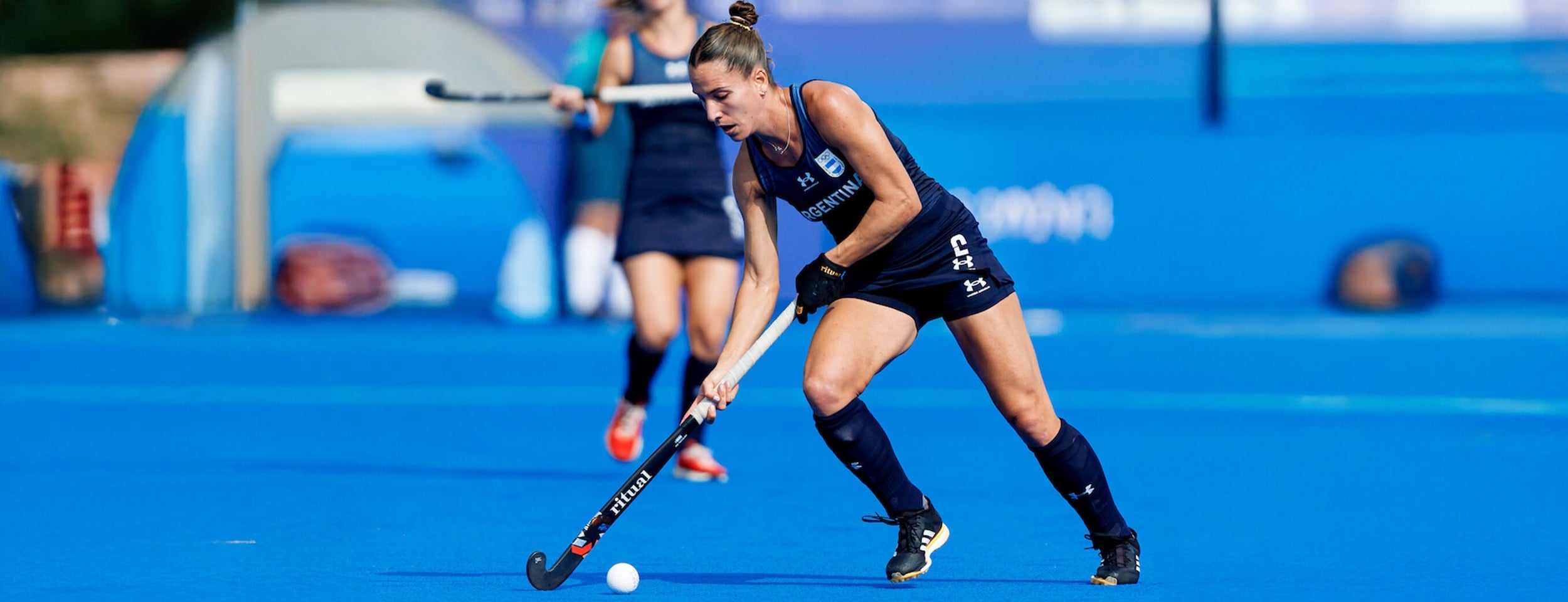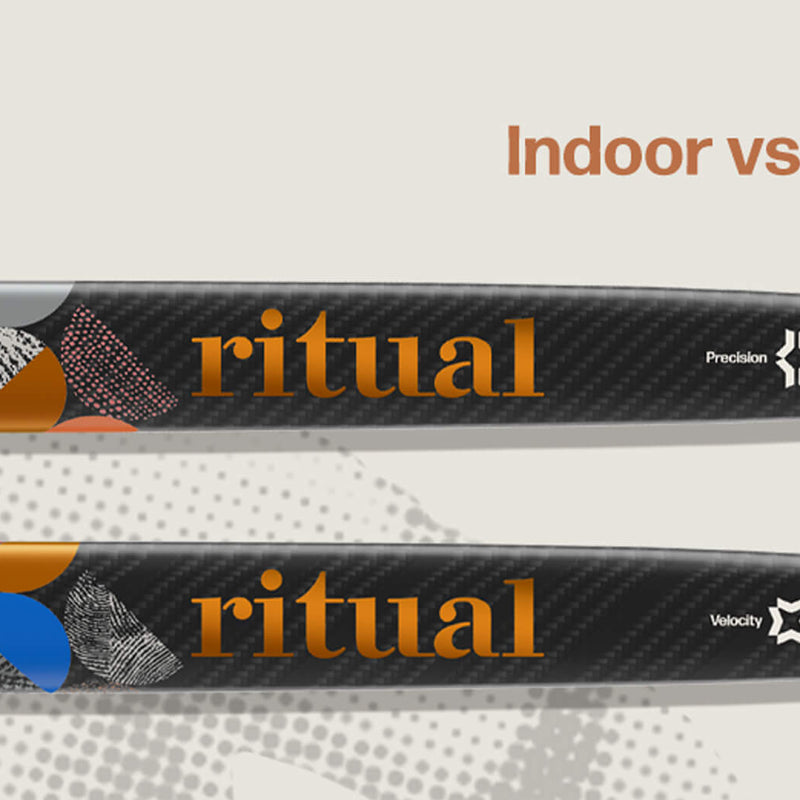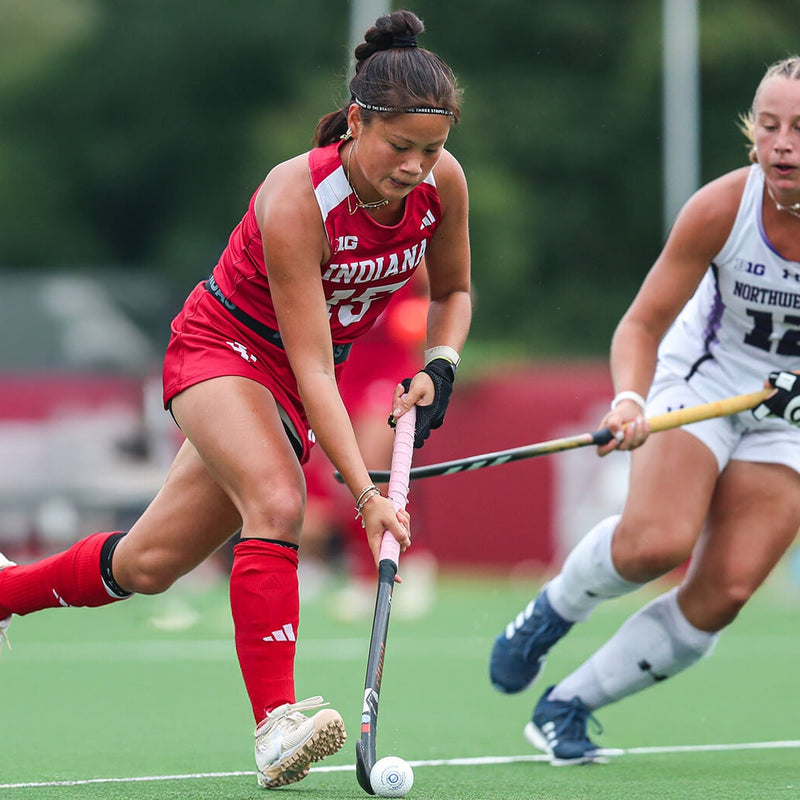Field Hockey Positions
By Renae Casey
Field hockey is a fast game that requires teamwork, skill and strategy. Whether you're new to the game or want to get better at it, knowing the field hockey positions is key. In this post, we'll break down the 11 positions on the turf, their roles and the skills needed to excel in each.
The 11 Field Hockey Positions
A field hockey team has 11 players, the goalkeeper, defenders, midfielders and forwards. Each position plays a part in both attack and defence. Let's get into it.
Goalkeeper
Role and Responsibilities
- The GK is the only player allowed to use their hands, feet and body to stop the ball within the shooting circle.
- Their main job is to save shots, direct defenders and clear the ball out of danger.
Key Skills
- Quick reactions
- Good communication
- Agility and flexibility
- Confidence
Equipment
A goalkeeper needs special gear, leg guards, a helmet, a chest pad and a good goalkeeper hockey stick.
Defenders
Defenders prevent the opposition from scoring. There are usually 3 types of defenders in field hockey.
1. Fullbacks (Left and Right Defenders)
- Positioned near the goalkeeper, fullbacks tackle opponents and clear the ball.
- They provide a defensive screen and support the midfield in build up play.
Key Skills
- Strong tackling
- Good passing
- Positional awareness
2. Sweeper (Optional Position in Some Formations)
- Positioned in front of the goalkeeper, the sweeper is an extra layer of defence.
- They intercept passes and pass the ball to midfielders.
Key Skills
- Great vision and awareness
- Good passing
- Defensive leadership
Midfielders
Midfielders are the link between defence and attack. They need high endurance and passing accuracy.
3. Centre Midfielder
- Often the most important position, the centre midfielder controls the game.
- They pass the ball, support both defence and attack and dictate the tempo.
Key Skills
- Ball control
- Good vision and passing
- High endurance and agility
4. Defensive Midfielder
- This player sits deeper in midfield to break up opposition attacks and provide defensive solidity.
Key Skills
- Tackling and marking
- Quick decision making
- Positional sense
5. Attacking Midfielder (Left and Right)
- Positioned higher up the pitch, attacking midfielders create scoring opportunities.
- They assist the forwards in attack and make runs into the circle.
Key Skills
- Quick feet
- Vision for through balls
- Shooting
Forwards
Forwards score goals and press the opposition's defence. There are 3 main forward positions.
6. Centre Forward (Striker)
- The team's main goal scorer.
- Positioned centrally, they score goals.
Key Skills
- Good shooting
- Quick reflexes in the circle
- Ball control
7. Left and Right Wingers
- Positioned wide on the pitch, wingers use speed and agility to attack from the wings.
- They deliver balls into the circle and create scoring chances.
Key Skills
- Speed and agility
- Crossing
- Attacking instincts
Formations and Positioning
The formation depends on the team's style. Some common formations:
🔹 4-3-3 Formation – Balanced with 4 defenders, 3 midfielders and 3 forwards.
🔹 3-4-3 Formation – Attacking formation with only 3 defenders.
🔹 5-3-2 Formation – Defensive formation with 5 defenders for a solid backline.
Each formation affects how players move and interact on the field and the offensive and defensive strategies.
Which Field Hockey Position is for You?
If you're new to field hockey and wondering which position is for you, try:
🔹 Do you like defending and stopping attacks? Try goalkeeper or fullback.
🔹 Are you a good passer with high endurance? Midfield may be for you.
🔹 Love scoring goals and making runs? Become a forward!
Regardless of position, a good understanding of hockey tactics and teamwork is essential.





